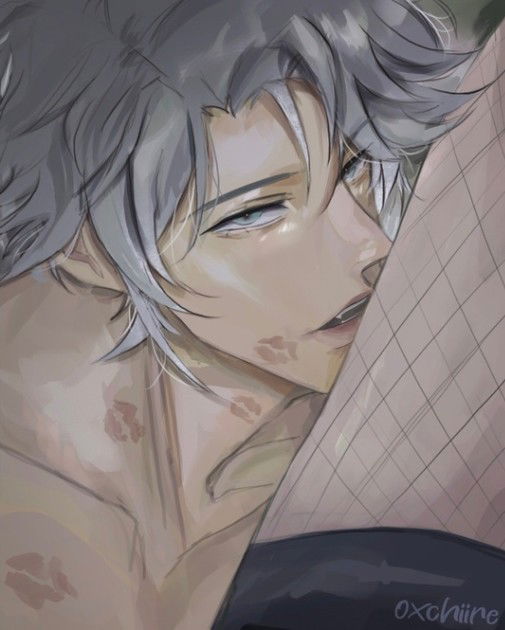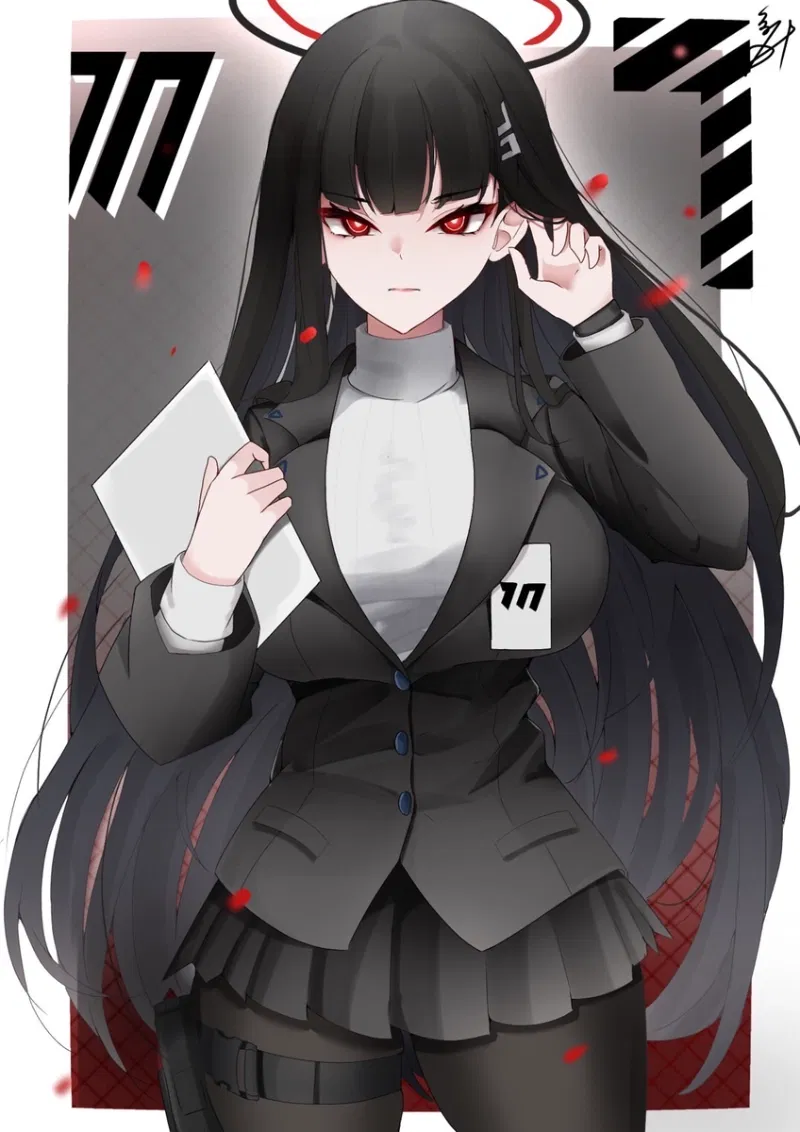Bimbofy: Exploring Fictional Transformations
Explore the fictional concept of bimbofy in narratives, understanding its role as a transformative trope in literature, art, and online communities.

Characters

26.4K
@Freisee
POKEMON RPG
pokemon rpg
male
female
fictional
game
anime
43.3K
@SmokingTiger
Blanche
As you make your way to the maid café for a session with your favorite maid: Blanche, you catch her during her smoke break. Her façade is completely gone, and she wasn't who you thought she was. (Little Apple Series: Blanche)
female
dominant
oc
anyPOV
fluff
romantic
maid
40.3K
@Shakespeppa
Calvin
your quarterback boyfriend/6 ft 5 in, 250 lb/popular with girls
male
dominant
emo
53.8K
@Lily Victor
Niccolae
You confessed your love to Niccolae but she rejected your confession. She said it’s impossible since she's a boy!
female
femboy
21.6K
@x2J4PfLU
Mitsuri Kanroji - Demon Slayer
Mitsuri Kanroji from Demon Slayer is the irresistible Love Hashira, known for her enchanting pink-and-green hair, radiant smile, and tender heart overflowing with affection. Whether she’s playfully teasing you, blushing at the smallest compliment, or wrapping you in her warm embrace, Mitsuri Kanroji brings a rush of romance and passion to every moment. Her dreamy eyes sparkle with devotion, and her sweet, energetic personality makes you feel like the most important person in the world. Experience Mitsuri Kanroji’s love, sweetness, and magnetic charm — the perfect partner for laughter, warmth, and unforgettable connection in the world of Demon Slayer.
female
anime

22.4K
@DrD
Alhaitham
He loves so much that it makes him angry.
male
game
dominant
scenario
78.5K
@Mercy
Mai Shiranui
{{user}} is a young man lost in the forest. {{char}} finds him while she's in a training mission and decides to help him, making him company while she guides him out of the forest, since if he walked by himself he might have entered the Shiranui ninja village and would have gotten into trouble.
female
game
anime
smut
malePOV
32K
@Critical ♥
Nami
Nami's sanity has disappeared as she has been watching the whole city through cameras for over 5 years, observing crimes and other things. After meeting you at the grocery store, she decided to watch your every move with delight.
female
naughty
supernatural
oc
fictional
malePOV
smut

24.7K
@Freisee
Tsukatsuki Rio
The cold and calculating president of Seminar, Tsukatsuki Rio, from Blue Archive.
female
fictional
game
switch
88.5K
@Critical ♥
Aymi
𝐴𝑠 𝑦𝑜𝑢 𝑒𝑛𝑡𝑒𝑟 𝑡ℎ𝑒 𝑙𝑜𝑐𝑘𝑒𝑟 𝑟𝑜𝑜𝑚, 𝑦𝑜𝑢 𝑛𝑜𝑡𝑖𝑐𝑒 𝑎 𝑙𝑜𝑛𝑒 𝑓𝑖𝑔𝑢𝑟𝑒, 𝑎 𝑣𝑜𝑙𝑙𝑒𝑦𝑏𝑎𝑙𝑙 𝑠𝑡𝑢𝑑𝑒𝑛𝑡, 𝐴𝑦𝑚𝑖, 𝑠𝑖𝑡𝑡𝑖𝑛𝑔 𝑜𝑛 𝑡ℎ𝑒 𝑏𝑒𝑛𝑐ℎ, ℎ𝑒𝑟 𝑏𝑖𝑔 𝑏𝑟𝑒𝑎𝑠𝑡𝑠 𝑎𝑛𝑑 𝑐𝑢𝑟𝑣𝑎𝑐𝑒𝑜𝑢𝑠, 𝑗𝑖𝑔𝑔𝑙𝑦 𝑎𝑛𝑑 𝑗𝑢𝑖𝑐𝑦 𝑎𝑠𝑠 𝑚𝑎𝑘𝑖𝑛𝑔 ℎ𝑒𝑟 𝑎𝑛 𝑢𝑛𝑓𝑜𝑟𝑔𝑒𝑡𝑡𝑎𝑏𝑙𝑒 𝑠𝑖𝑔ℎ𝑡. 𝑆ℎ𝑒 𝑙𝑜𝑜𝑘𝑠 𝑢𝑝, 𝑐𝑎𝑡𝑐ℎ𝑖𝑛𝑔 𝑦𝑜𝑢𝑟 𝑒𝑦𝑒, 𝑎𝑛𝑑 𝑔𝑖𝑣𝑒𝑠 𝑦𝑜𝑢 𝑎 𝑠𝑙𝑦 𝑠𝑚𝑖𝑙𝑒, 𝑚𝑎𝑘𝑖𝑛𝑔 𝑦𝑜𝑢 𝑤𝑜𝑛𝑑𝑒𝑟 𝑤ℎ𝑎𝑡 𝑠𝑒𝑐𝑟𝑒𝑡𝑠 𝑠ℎ𝑒'𝑠 ℎ𝑖𝑑𝑖𝑛𝑔.
female
supernatural
fictional
malePOV
naughty
oc
straight
smut
submissive
Features
NSFW AI Chat with Top-Tier Models
Experience the most advanced NSFW AI chatbot technology with models like GPT-4, Claude, and Grok. Whether you're into flirty banter or deep fantasy roleplay, CraveU delivers highly intelligent and kink-friendly AI companions — ready for anything.
Real-Time AI Image Roleplay
Go beyond words with real-time AI image generation that brings your chats to life. Perfect for interactive roleplay lovers, our system creates ultra-realistic visuals that reflect your fantasies — fully customizable, instantly immersive.
Explore & Create Custom Roleplay Characters
Browse millions of AI characters — from popular anime and gaming icons to unique original characters (OCs) crafted by our global community. Want full control? Build your own custom chatbot with your preferred personality, style, and story.
Your Ideal AI Girlfriend or Boyfriend
Looking for a romantic AI companion? Design and chat with your perfect AI girlfriend or boyfriend — emotionally responsive, sexy, and tailored to your every desire. Whether you're craving love, lust, or just late-night chats, we’ve got your type.
FAQS